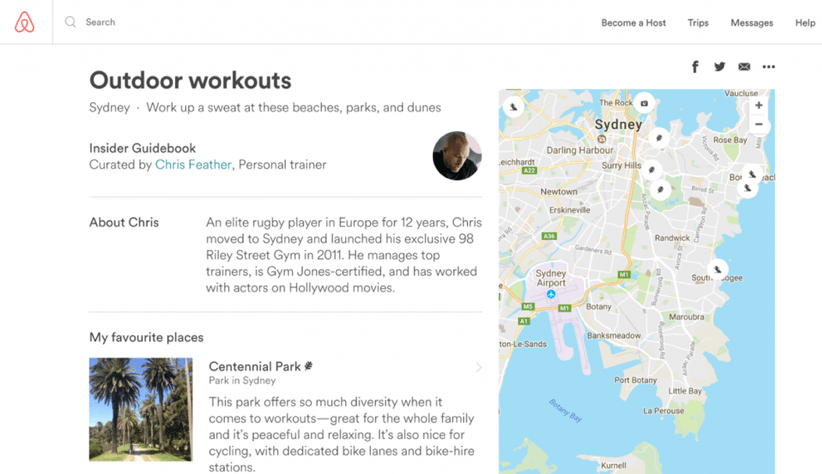
In the fast-paced online world of marketing, companies have to keep constant tabs on the ever-changing trends shaping advertising today. There’s a reason companies have created departments solely for digital marketing. Entrepreneurs have even tapped into the constant demand for marketing management within the digital sphere, offering services and one-stop-shops for business. But what about the little guy? Often times, small businesses get lost in the dust, not able to keep up with the hyper-speed of digital marketing, missing out on key opportunities to boost their business.
Entrepreneur and founder of DesignRush.com Gabriel Shaoolian, however, has provided a list of key elements for small business to keep in mind in a brief article on Forbes, specifically highlighting tactics that companies like Airbnb and WeWork use that have helped them give relevant content to each customer.
The first must is local content marketing. Shaoolian notes that a company needs to know its local “climate” parse, understanding the culture and trends specific to the region. What might work in Seattle may not work in Montgomery. Quality content also acts as a great organic search factor, which allows future clients and customers to find you through online search engines.
The next key is partnering with local influencers. Clearly it would be difficult to strike a deal with a big name, which is why local influencers such as bloggers or local figureheads provide a great way for small businesses to gain exposure.
Social media advertising and local search ads also act as a great tool for small businesses. Social media ads allow you to target a specific audience, as not to get lost in a sea of miscellaneous unrelated content. Local search ads can easily be set up through Google. Cost-per-click ads are another great resource; CPC can cut off after a certain dollar amount, which is a useful feature for businesses with a tight marketing budget.
The final and perhaps the most important key Shaoolian discusses is mobile-first design. One might go through all the efforts of connecting with a blogger, creating content for social media, and signing up for local search ad, but if the mobile website individuals are sent to doesn’t offer a memorable and user-friendly experience, you may lose a customer. Today, everything is on the go and people are used to having endless amounts of information and content at their fingertips through thoughtfully programmed and designed interfaces. The last thing you want is to be reeling in a customer, only to have the get caught in the weeds of a poor mobile interface. Most likely, they’ll close the tab and look somewhere else.
Shaoolian highlights Airbnb for its use of many of these strategies. Specifically, the company not only offers users a variety of places to stay that are unique to a local area, but also allows users to find local experiences such as dining, tours, shows, and other activities. All this is carefully tailored to the local area of the customer in order to boost engagement.

With the marriage of technology and marketing, it’s hard for local businesses to keep up with the advancements brought to online advertising. However, Shaoolian makes a clear point with his few tips; a small company doesn’t need a million dollar ad campaign to have a presence in the online world. If anything, digital marketing has provided small businesses with easy-to-use tools and connections, many which are not often taken advantage of by small companies. With that being said, these tips not only give businesses the opportunity to expand but also to get ahead of the competition. Knowing how to craft a marketing campaign into something relevant for local consumers is something most successfully businesses are familiar with. Now, the next step is to pick up the right tools, and send the message where it needs to go.
From a marketing management perspective, here are some questions to think about:
- With recent scrutiny over social media advertising by the interfaces’ users, what should marketers consider when advertising on sites such as Instagram and Facebook in order to keep their audiences engaged?
- In regard to small business, is there still value in traditional and non-digital marketing with the growing online trends?
- What are some possible shortcomings for small businesses with digital marketing that marketers need to be aware of?
